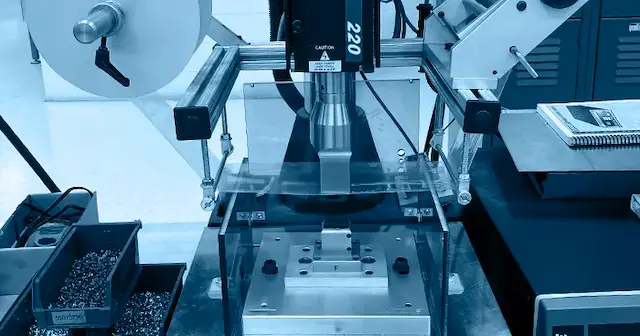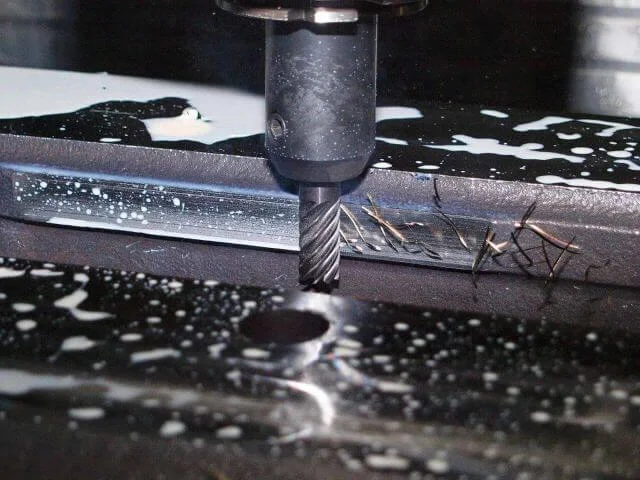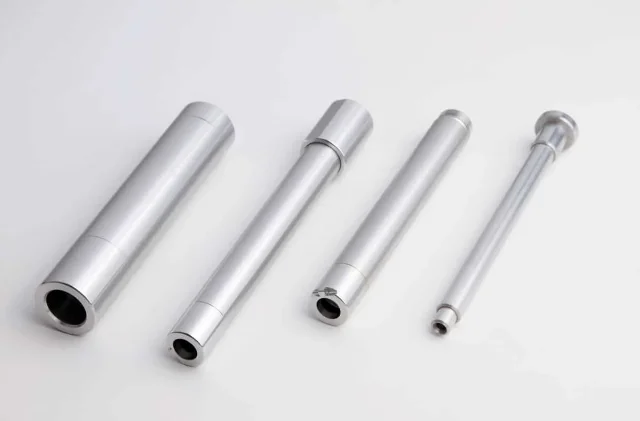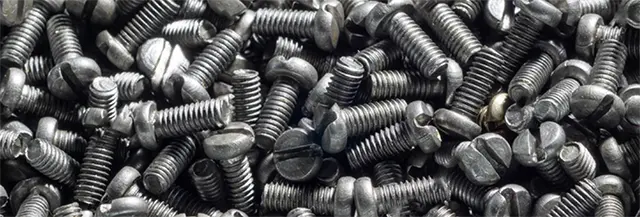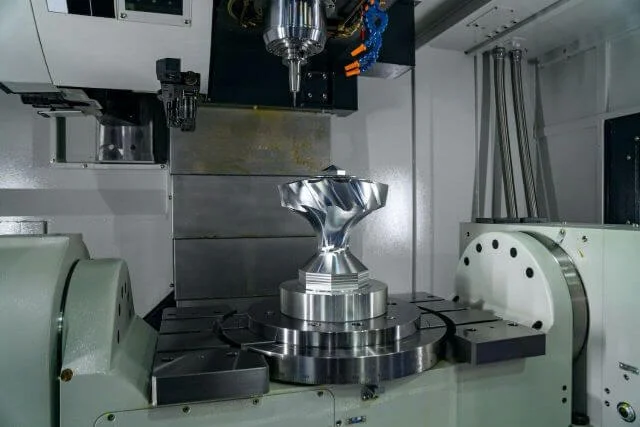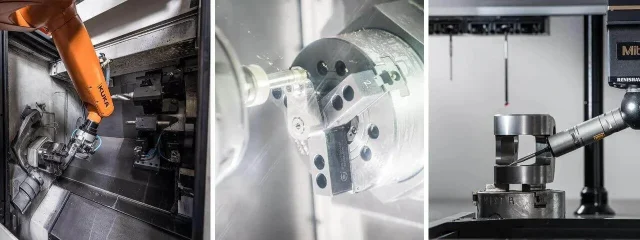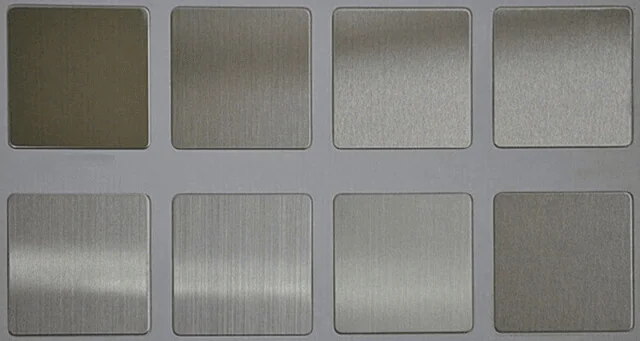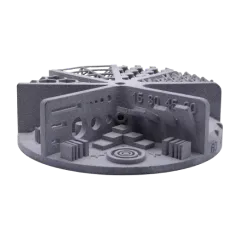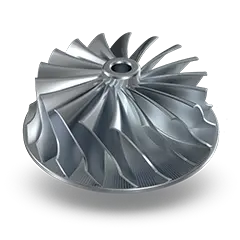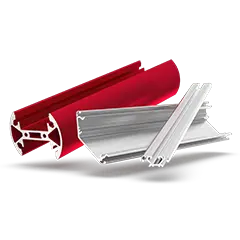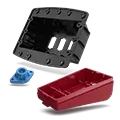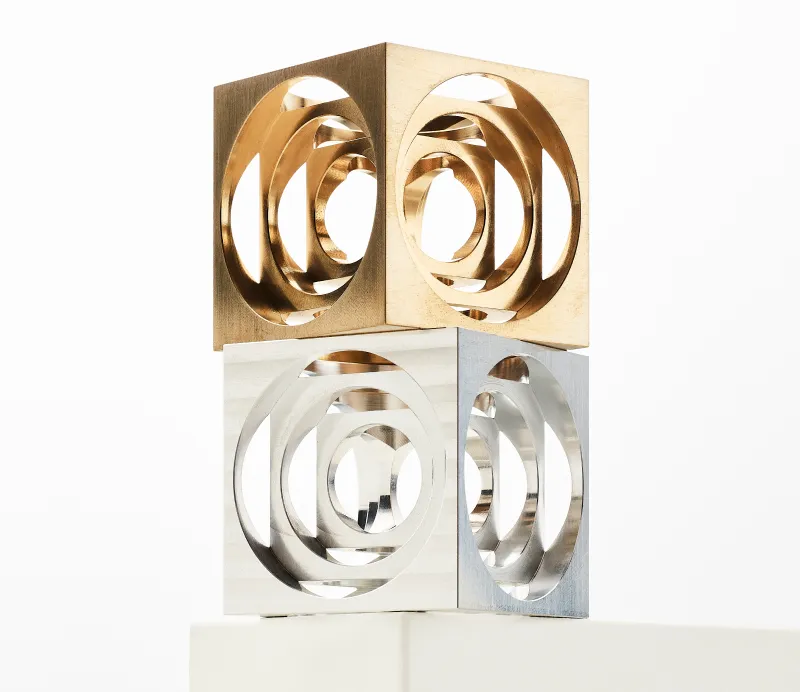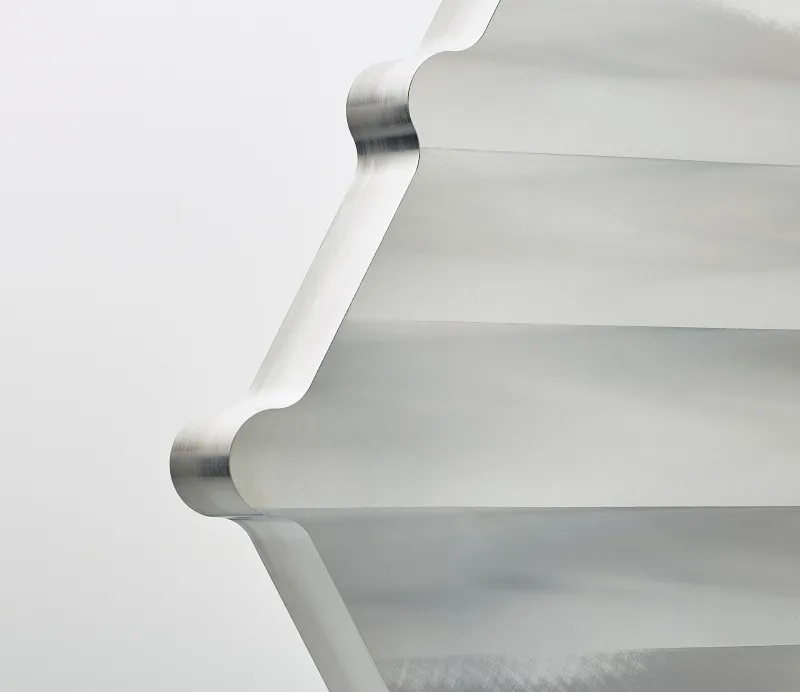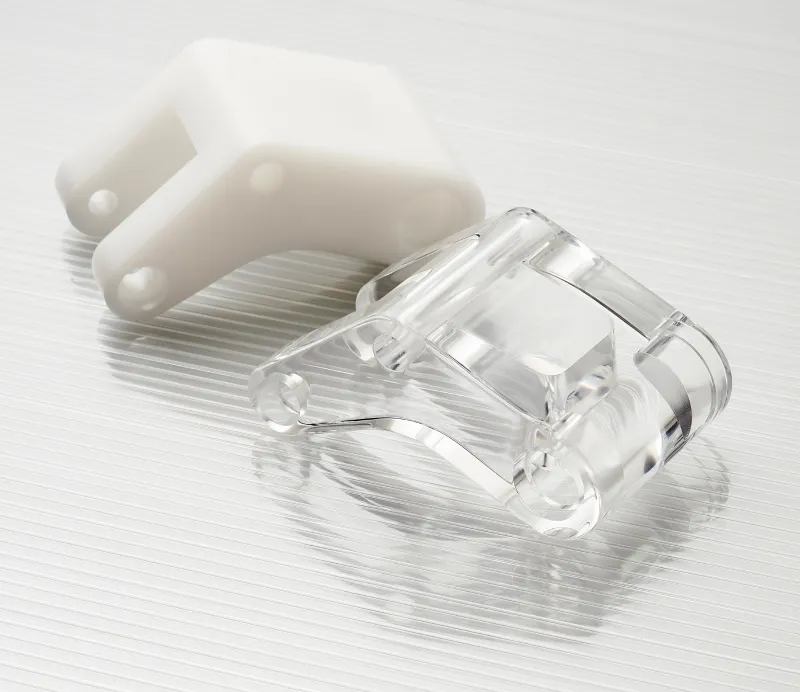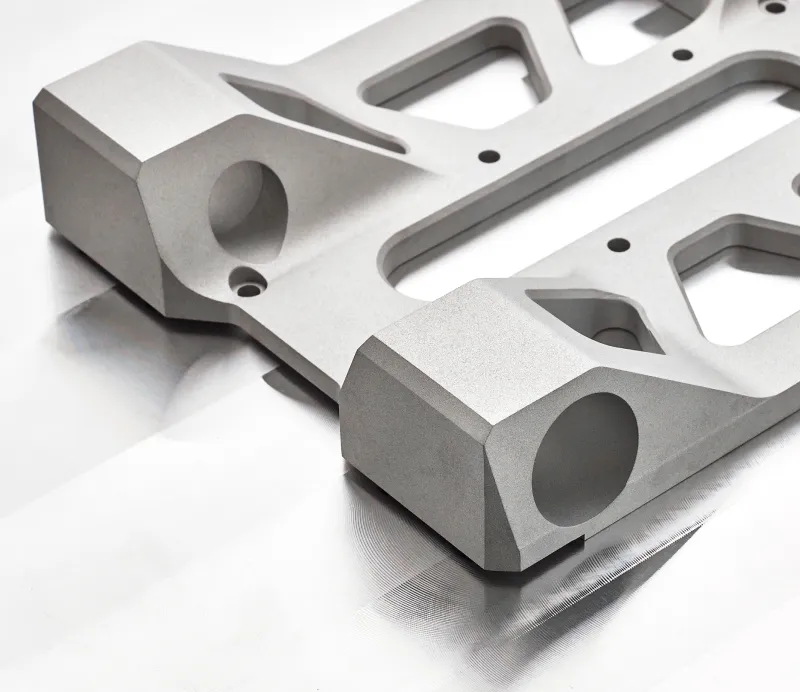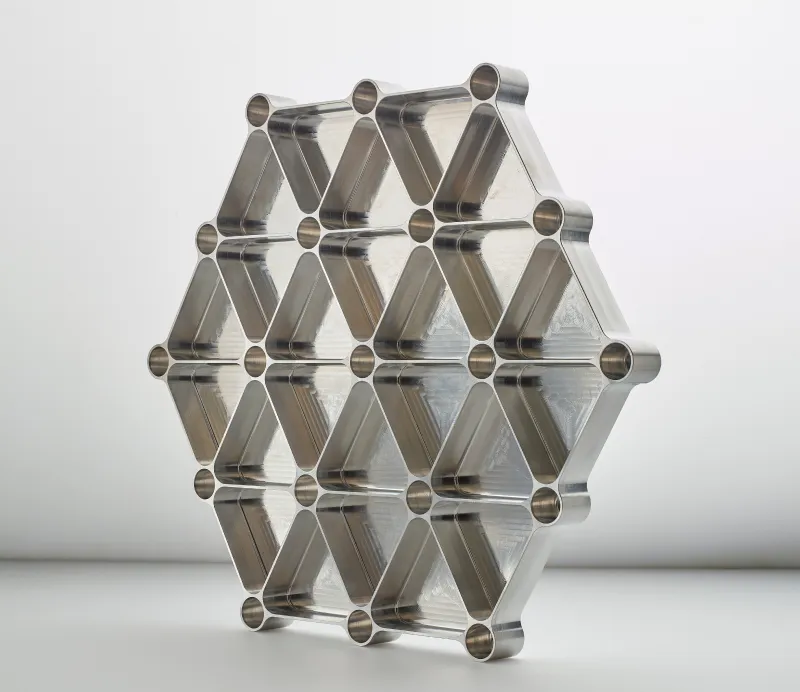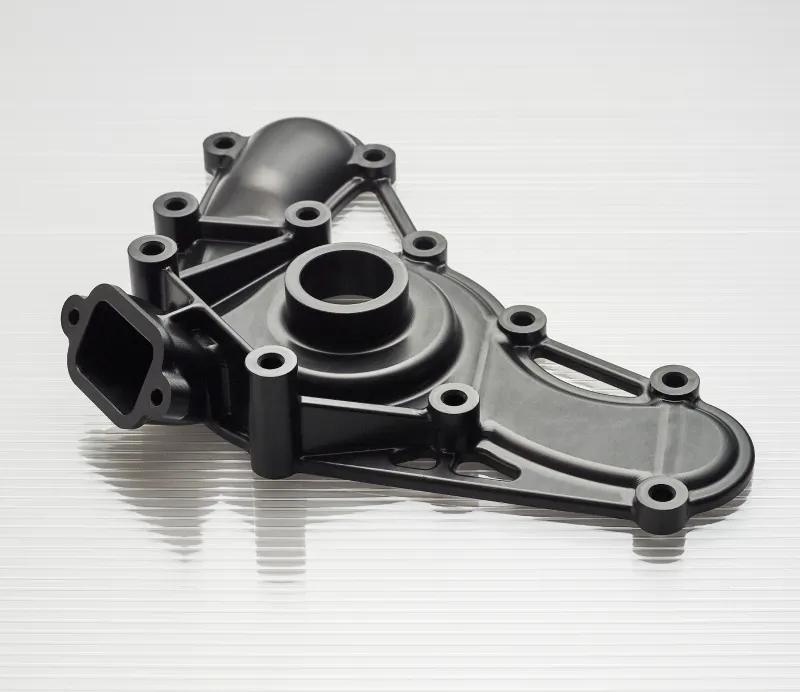Engineers Guide to CNC Machining
Mechanical, manufacturing and design engineers often rely on CNC Machining to develop and manufacture bespoke parts. This guide is for engineers designing parts for CNC.
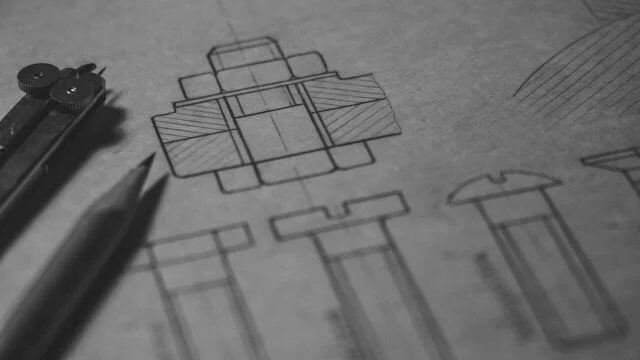
What is CNC Machining in Engineering?
In the realm of engineering, CNC Machining stands as a cornerstone of modern manufacturing. It leverages the power of Computer Numerical Control (CNC) to transform digital designs into tangible components with unparalleled precision. Engineers harness this technology to create bespoke parts, ensuring consistent quality and repeatability. Whether it's for prototyping or mass production, CNC Machining offers engineers the flexibility and accuracy needed to meet the rigorous demands of today's engineering projects.
Generally, the term CNC Machining is a manufacturing process that uses subtractive machining technology and Computer-Aided Design (CAD) to manufacture high-quality components. Having a computer control this process means there is a reduction in lead times and also reduced human error, leading to a high-quality and highly precise output.
CNC Machining can be used for bespoke, one-off parts through to mass production runs.
To fully benefit from the mass production and high-quality parts that CNC Machining offers, engineers should know how CNC Machining works and fundamental factors that affect the process.
{{cta-banner}}
The cost of CNC Machining
The cost of CNC Machining varies from project to project and depends on the material, complexity and quantity of the parts to be machined. Other factors such as how the end product will be used and additional finishes and tolerances will influence the cost also. Most materials can be CNC machined, including most metals and plastics. Wood, foam and composites can also be CNC machined, however, Get It Made specialises solely in metals and plastics. Less dense materials are typically quicker to machine as the CNC Machine can operate at a higher feed rate. Reducing machining time is one of the key drivers for reducing the cost of CNC machining.
Request a free CNC Machining quote from Get It Made today.
Considerations for Engineers
When designing a part for CNC machining, further considerations that engineers should be aware of include the overall part size and the number of reorientations required to machine the part. These directly influence the machining and setup time. This affects not only the cost of the part but also the lead time. If you require CNC parts fast, look to reduce the complexity of the design and ensure the machining can be completed in as few operations as possible.
Read our detailed CNC Machining Guide here.
Tolerances
Engineers need to use realistic tolerances on initial drawings and designs that reflect how the final part will be used and how it interfaces with other components. Overly tight tolerances increase costs and lead times, therefore try to determine the tolerance you require instead of specifying a generic tolerance.

What are the tolerances in CNC Machining?
Tolerance refers to the range for a dimension, and a designer or engineer will determine the tolerance based on the form, function, and fit of the part. Most parts will have a maximum and minimum dimensional limit. Standard CNC tolerances are determined by the type of CNC process being applied. For example, the CNC tolerance in CNC turning can be controlled more tightly than that of CNC machining.
There are many different types of tolerances, such as positional, flatness, parallelism, thread tolerances etc. We recommend familiarising yourself with GD&T (Geometric Dimensioning and Tolerancing), which is a methodology and language for communicating engineering tolerances.
You can find more information on the types of metal used in CNC machining by reading this guide, Choosing the Right Metal for CNC Machining.
CAD File Formats
CAD file formats are another factor for design engineers to consider when designing a part for CNC. Various software packages and file formats may not be compatible with CNC machining, and it is vital to consider the type of CAD software you are using, too.
You can read our detailed guide on CAD File Formats for CNC Machining here.
Best CAD Software for Engineers
To create CAD files to input into a CNC machine, a CAD software package is needed. The CAD software you choose will depend on the cost, ease of use, and file compatibility of the software. The five industry-leading CAD software packages are:
- SolidWorks
- Autodesk Inventor
- Creo
- Siemens NX
- Catia
You can read more about CAD software in our detailed guide to CAD software for CNC Machining.
Types of CNC Machine
CNC Machining is sometimes used as an all-encompassing term to describe the various types of computer-controlled subtractive machining technologies such as:
- CNC Milling
- 5 Axis CNC Milling
- CNC Turning
- CNC Routing
- Electrical Discharge Machining (EDM)
You can find our detailed Guide on Types of CNC Machine here.
To find out more about our range of CNC Machining services, arrange a free quote today or discover our range of CNC Machining services here. Head to our technical toolbox for our full range of machining knowledge.
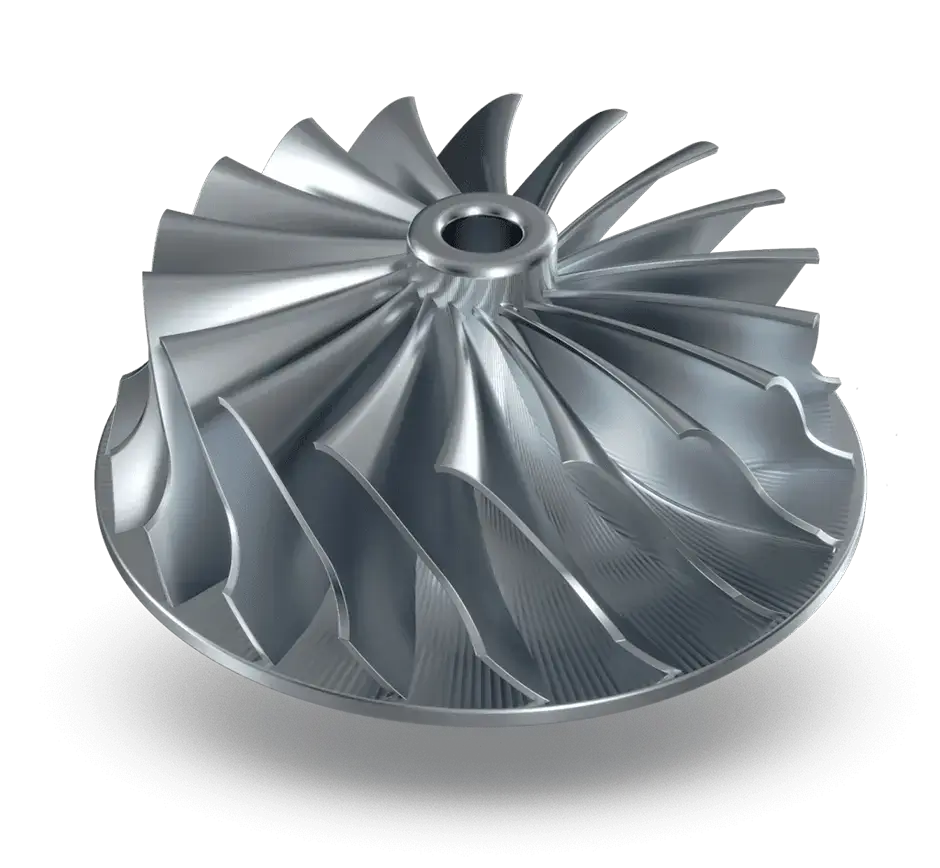

Leave it to our manufacturing specialists
Get a 24 hour, engineer made quote and design review to start your manufacturing project off on the right foot
Get your production-ready quote in 24 hours
All projects are reviewed by real engineers to ensure accuracy, catch mistakes and unlock DFM improvements
Our services
From 3D printing to CNC machining, we’re experts in manufacturing bespoke precision parts on tight time-frames
Other services
It’s rare you only need CNC machining services. We offer 3D printing, moulding, casting, extrusion, fabrication, assembly, welding & more.
Get your production-ready quote in 24 hours
All projects are reviewed by real engineers to ensure accuracy, catch mistakes and unlock DFM improvements
Bespoke quote in 24 hours
Get It Made is proud to provide a human service. Get a quote and free design review by an experienced engineer to see how we make manufacturing simple.


